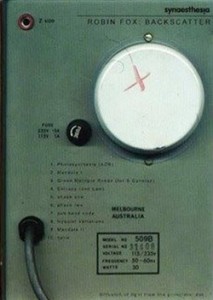 Synaesthesia
Synaesthesia
Order DVD
 Digital culture is obsessed with synaesthesia, especially sound/image convergence. From club ‘visuals’ to automatic ‘visualiser’ plugins for mp3 applications, there’s an ideal of sensory fusion at work which draws on cyber/psychedelic rave culture, and utopian new media discourse.
Digital culture is obsessed with synaesthesia, especially sound/image convergence. From club ‘visuals’ to automatic ‘visualiser’ plugins for mp3 applications, there’s an ideal of sensory fusion at work which draws on cyber/psychedelic rave culture, and utopian new media discourse.
Ideals aside, digital media forms do create new potential for varieties of ‘machine’ synaesthesia–automatic mappings between sound and image. Visualiser plugins offer specific and more-or-less arbitrary mappings of image to sound. While they can’t (promise to) induce a synaesthetic experience, they do offer a machine synaesthesia that might challenge, reorder, or at least reflect on, our own audiovisual perception. Yet most synaesthesia machines are little more than bolted-on nozzles that turn all your favourite tunes into generic visual sludge.
By contrast Robin Fox’s Backscatter disc presents a highly specific and refined synaesthesia machine. He has assembled a simple audiovisual synthesizer using simple digitally synthesised audio and an old analog oscilloscope. The oscilloscope is in ‘polar’ mode, so instead of scanning left to right, displaying the conventional ‘trace’ of the waveform, the trace orbits the screen. Waveforms create woven circles, loops, twisting spirals, filigreed knots.
Response is instantaneous, so the screen jumps and twitches in sync with Fox’s audio signature skitters and blips. The sound-vision mapping is supple, the images beautiful and sometimes surprising. The pieces feel quite controlled, even composed, the way they seem to literally reveal new twists and tricks. Overall, the results are staggering.
Mitchell Whitelaw
Earbash
![]() More Impossible Futures is Robin’s second solo recording, the first being the full length LP/Cassette A Handful of Automation released on Editions Mego in 2010. More Impossible Futures 7″ builds upon this previous release with two shimmering audio diamonds perfectly suited to the 7″ format. Two sharp succinct statements tackling each side of the electronic coin. More Impossible Futures is a digital work that teases a jittering melody out of a flickering environment whilst “Drift Compression” takes the listener into a decidedly delicious audio abyss. An otherworldly analogue work made on a EMS VCS 3 (the ‘Doctor Who’ machine). Two Sides. Two worlds. One Man
More Impossible Futures is Robin’s second solo recording, the first being the full length LP/Cassette A Handful of Automation released on Editions Mego in 2010. More Impossible Futures 7″ builds upon this previous release with two shimmering audio diamonds perfectly suited to the 7″ format. Two sharp succinct statements tackling each side of the electronic coin. More Impossible Futures is a digital work that teases a jittering melody out of a flickering environment whilst “Drift Compression” takes the listener into a decidedly delicious audio abyss. An otherworldly analogue work made on a EMS VCS 3 (the ‘Doctor Who’ machine). Two Sides. Two worlds. One Man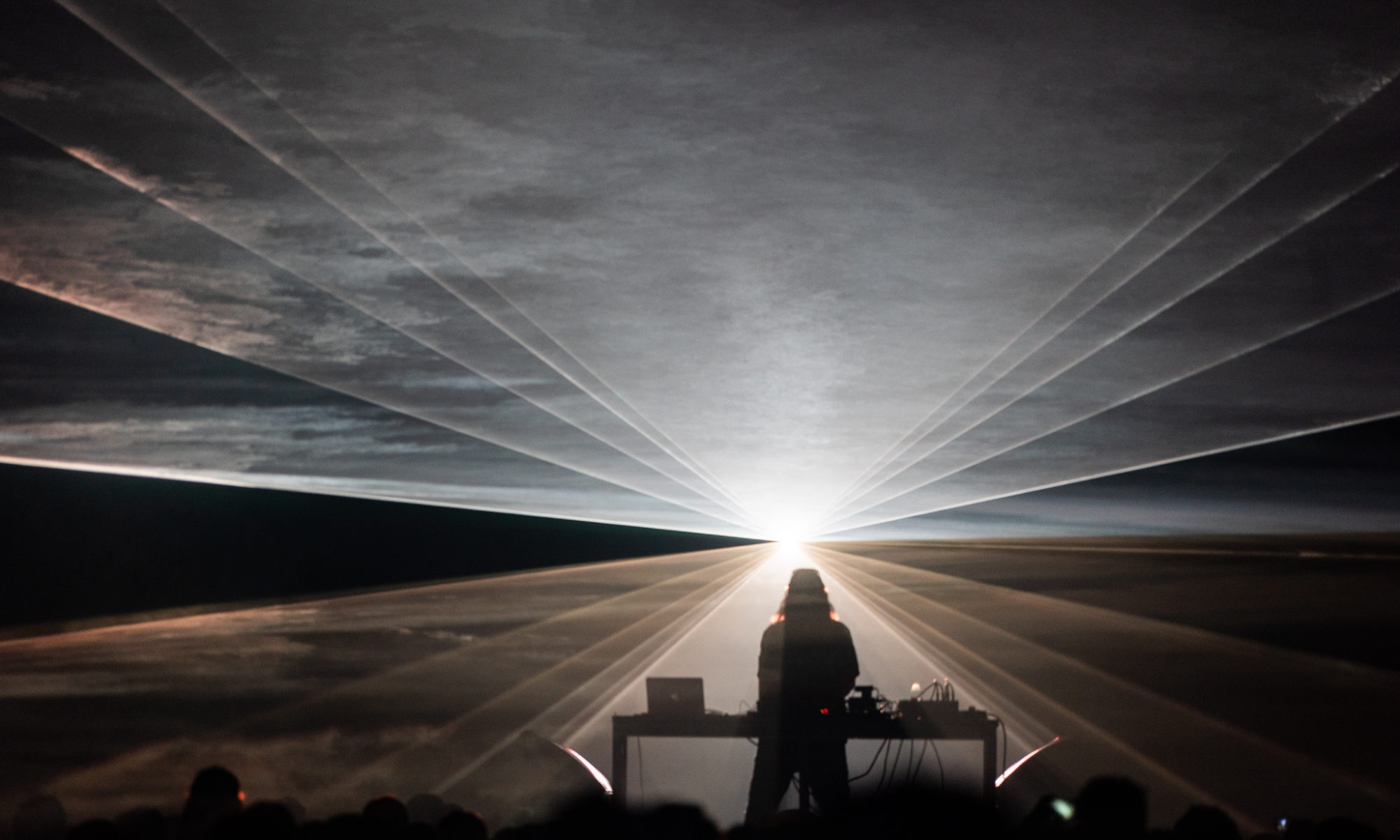
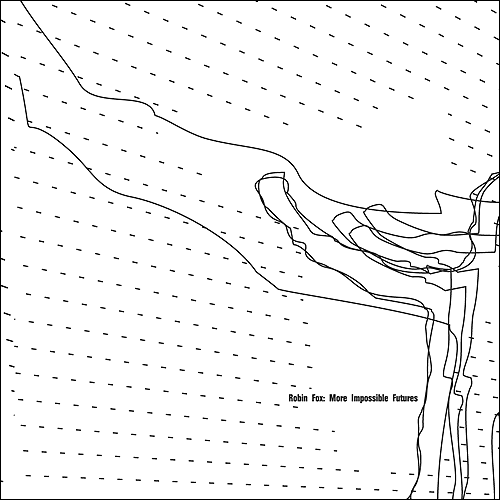
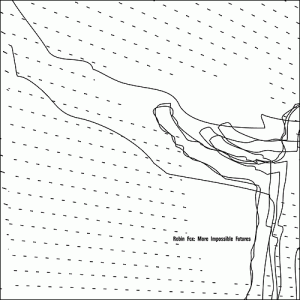
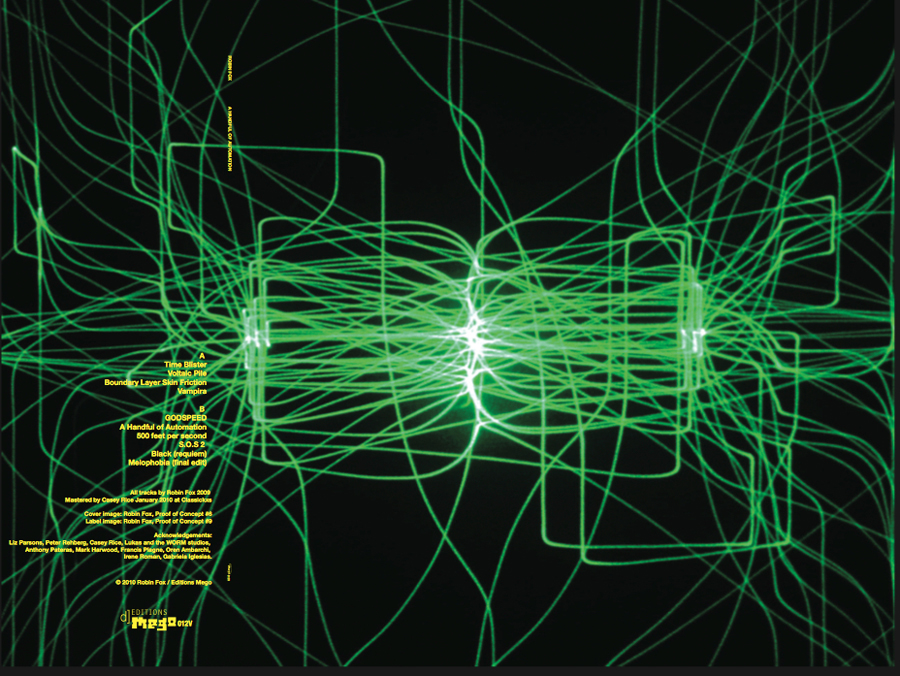

 Beta Erko
Beta Erko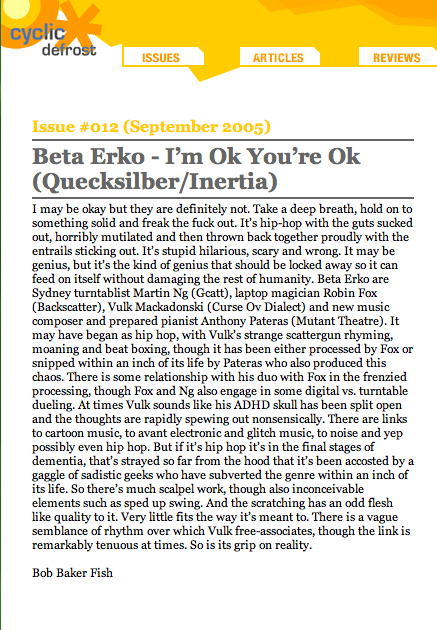
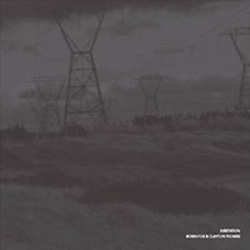

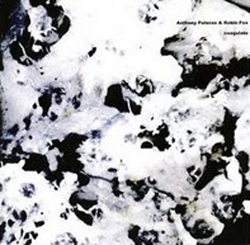

You must be logged in to post a comment.